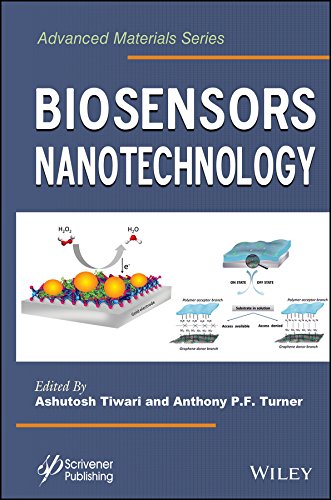

Most ebook files are in PDF format, so you can easily read them using various software such as Foxit Reader or directly on the Google Chrome browser.
Some ebook files are released by publishers in other formats such as .awz, .mobi, .epub, .fb2, etc. You may need to install specific software to read these formats on mobile/PC, such as Calibre.
Please read the tutorial at this link: https://ebookbell.com/faq
We offer FREE conversion to the popular formats you request; however, this may take some time. Therefore, right after payment, please email us, and we will try to provide the service as quickly as possible.
For some exceptional file formats or broken links (if any), please refrain from opening any disputes. Instead, email us first, and we will try to assist within a maximum of 6 hours.
EbookBell Team

4.0
56 reviewsA new emerging field that combines nanoscale materials and biosensor technology is receiving increased attention. Nanostructures have been used to achieve direct wiring of biosensing elements to electrode surfaces, to promote bio-reactions, to impose nanobarcodes on biomaterials, and to amplify the signal from bio-recognition events. Nanomaterials based biosensors have found wide spread applications in the environmental and medical applications for their sensitivity, specificity, rapidity, simplicity, and cost-effectiveness.
In the same pursuit, Biosensors Nanotechnology provides detailed review chapters on a range of nanostructures such as nanoparticles, nanowires, nanotubes, nanoribbons, nanorods, nanobelts and nanosheets in the construction of biosensors with set applications of biosensors nanotechnology for biological and chemical analyses, food safety industry, biomedical diagnostics, clinical detection, and environmental monitoring.
The senior contributors write on the following topics: